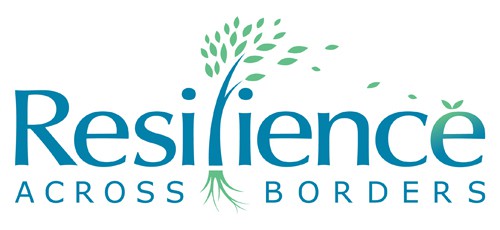As parents, we want to protect our kids from anything that might cause them pain. We wish we could smooth out every bump in the road! But the truth is we can’t, and honestly, we shouldn’t. Life will bring challenges, big feelings, and tough times for our kids, and what matters is how they learn to handle them.
The good news is that you don’t need to have all the answers to get it right! What your child needs to see is how you navigate life’s challenges with flexibility, courage, and self- compassion. They learn to be resilient by watching you. Here are a few simple ways you can “show up strong” for your child and teach them how to bounce back when life gets hard.
Be Real About Struggles
Your child needs to know that it is okay to struggle. You don’t have to pretend to have it all together. Actually, it helps them when you don’t. Try saying things like “I am feeling pretty overwhelmed right now, and that is okay. I am going to take a few deep breaths and figure out my next step.” This shows your child that it is normal to have big feelings, and that we can handle them.
Think Out Loud
When something goes wrong, let your child hear you work through it instead of keeping your problem-solving in your head. Talk it out! You can say something like “Hmm, this didn’t go as planned. I wonder what else I can try?” This shows your child that mistakes happen, obstacles get in the way, and that is part of learning and growing: We navigate through life and figure things out. An obstacle does not have to be a dead end.
Be Kind To Yourself (Also Out Loud!)
If your child only hears you being hard on yourself, that is the voice they will learn to use with themselves. Instead, model self-compassion. You can say something like “I am disappointed in how this turned out, but I learned a lot from the experience, and I will try again!” When you speak to yourself with kindness, you teach your child to do the same.
Praise the Process, Not Just the Outcome
We don’t build resilience by only celebrating wins. We build it by noticing effort. Point out such important steps as trying again after something is hard, asking for help, and staying calm even when frustrated. Share with your child that you are happy with how you handled things. When you cheer for the process, you are teaching your child that it’s about growing, not getting it perfect.
Tell Your Stories
Share age-appropriate stories about times you have struggled and made mistakes but worked through something hard. Let your child know you have had tough moments and figured out how to get through them. This makes it safe for them to talk to you about their hard moments, too.
Show That Getting Help is Brave
Resilience is not about toughing it out alone. Show your child that asking for help is the smart choice and a sign of strength. Let them see you lean on friends and family as well as professionals when you need to. You are teaching them that we don’t have to carry hard burdens by ourselves.
The bottom line is that your child does not need you to be perfect. They need you to be real. Every time you name your feelings, try again, speak kindly to yourself, and reach out for help, you are modeling resilience. You are showing them how to get back up when life knocks you down. That is how we raise strong, flexible kids. We don’t shield them from hard things, we show them how to face them — and that they have what they need to do it.




